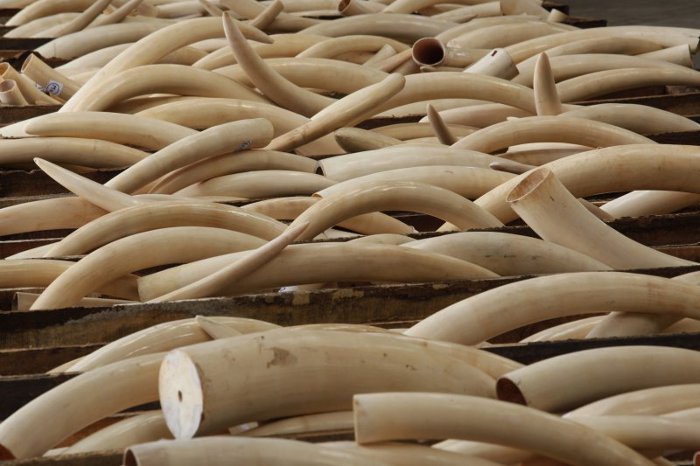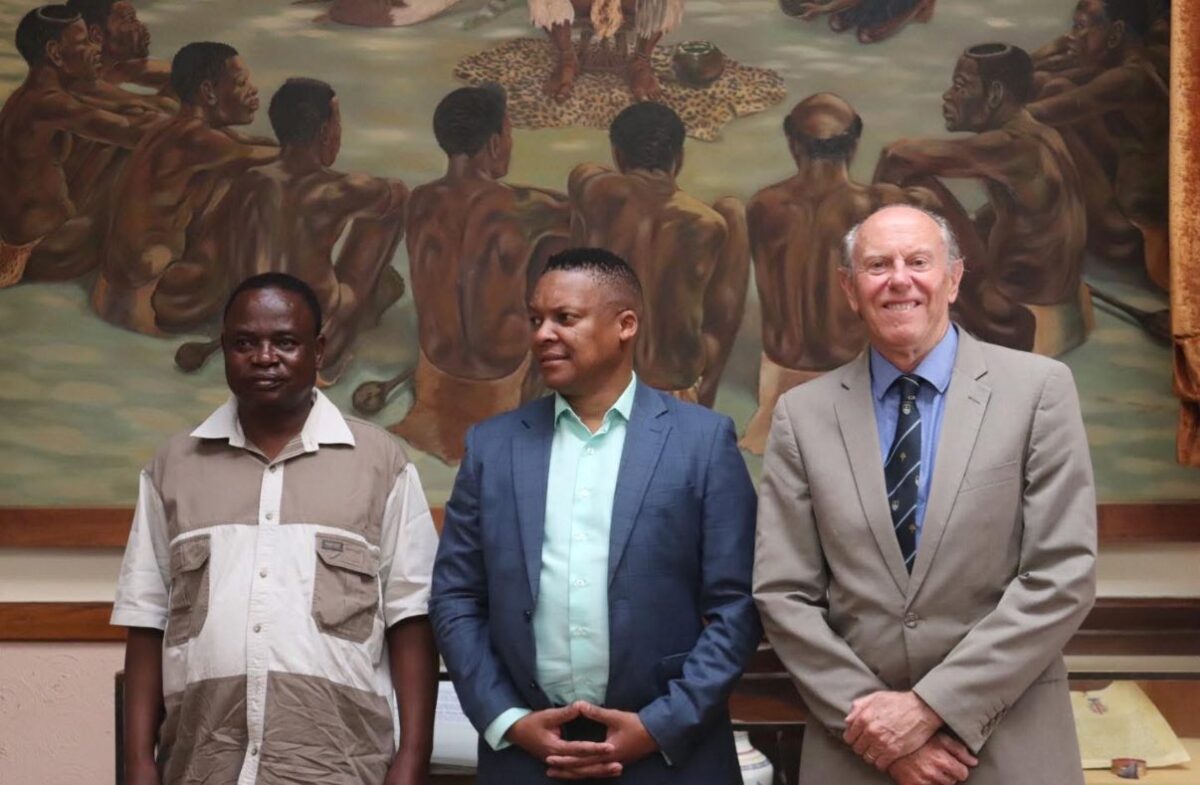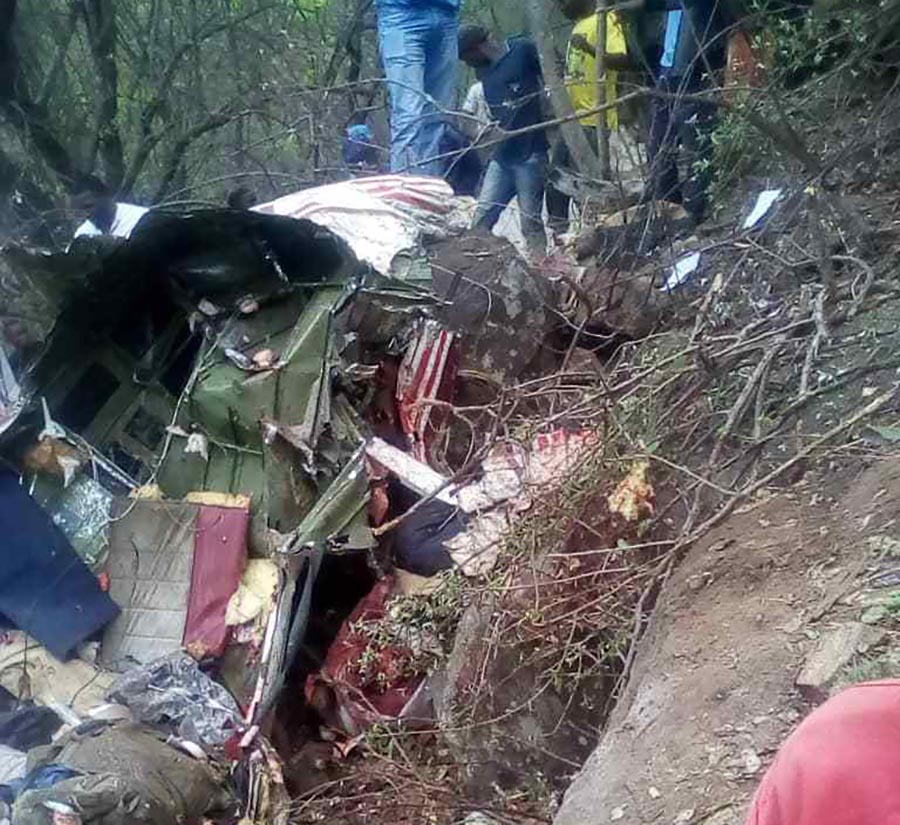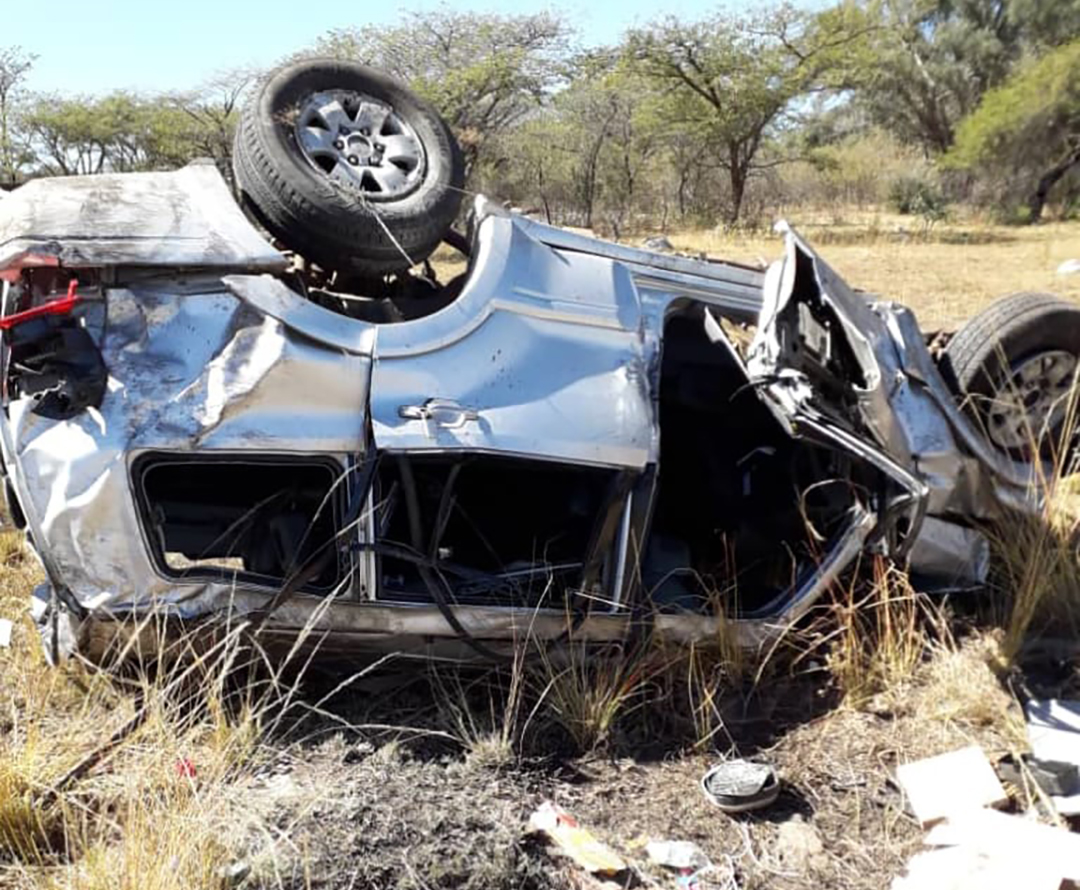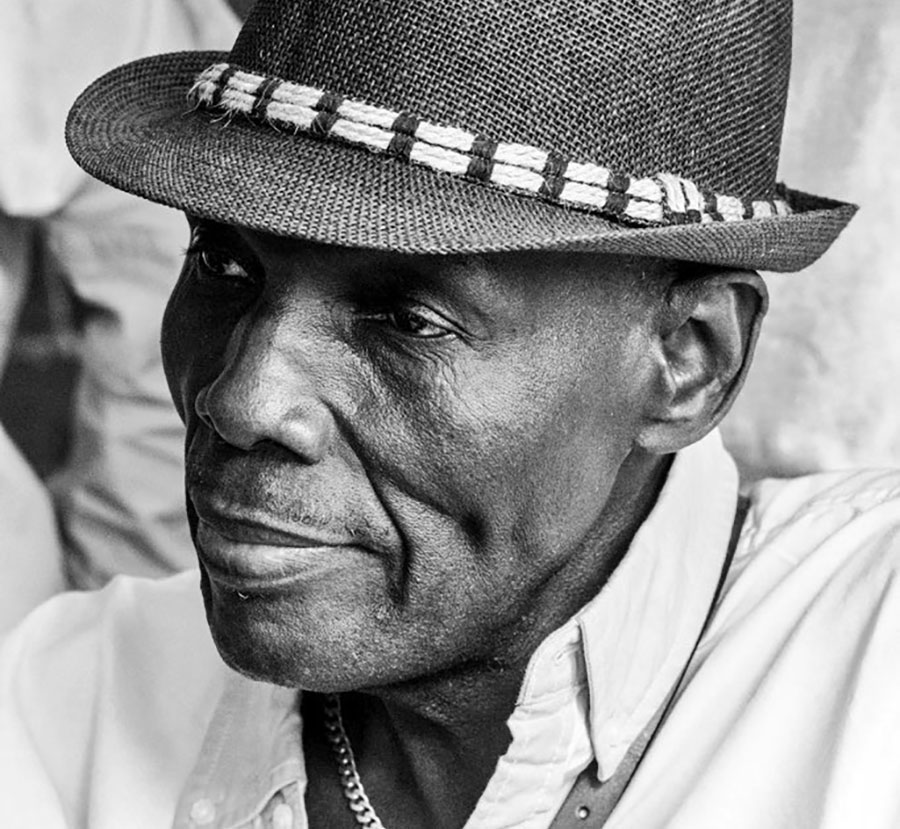HARARE – The global ban on ivory trade has left the country burdened with over 130 tonnes stockpiles of the tusks, the Zimbabwe Parks and Wildlife Management Authority (Zimparks) has said.
The controversial ban was imposed by the Convention on International Trade in Endangered Species (Cites) in 1989 and over 130 tonnes of ivory worth over US$600 million is lying idle at Zimparks’ vault in Harare.
Speaking on the sidelines of a signing ceremony with Defend, formerly National Park Rescue (NPR) in Chizarira National Park in Binga recently, Zimparks director general Fulton Mangwanya said stock quantities continue to rise.
The painful part., said the Zimparks boss, was that the country cannot derive any economic value from it.
“Because of natural mortality, because of maybe management of elephants, they (stockpiles) continue to rise,” Mangwanya said.
“The situation that I have right now is that the vault on its own is now full of ivory. I don’t know what to do with it.”
The problem is not helped either by the ever-increasing elephant population in Zimbabwe, host to one of the world’s largest herd of the jumbo.
The country has over 80,000 elephants with its biggest game reserve, Hwange National Park carrying between 45,000 and 55,000 elephants against a carrying capacity of 15,000.
Due to reservations, Zimbabwe last culled elephants in 1988 but authorities now plan to kill 200 elephants saying they want to feed hunger-stricken communities surrounding game parks.
Mangwanya said there has been criticism over this decision but vowed there is no turning back on it.
“Right now, we are doing it internally. We want to kill, utilise the meat; we are not exploiting, they still make noise…you send them (elephants) to China, they make noise. You say we want to sell the hides, they make noise,” he said of conservationists.
“You want to sell the ivory, they make noise. So, by the end of the day as a sovereign state we have to do what is good for our nation.
“We will not watch and see our people dying of hunger, especially those surrounding the parks where we have got these elephants.
“So indeed yes, we are going to kill 200 or even more if they don’t actually service the need.”

